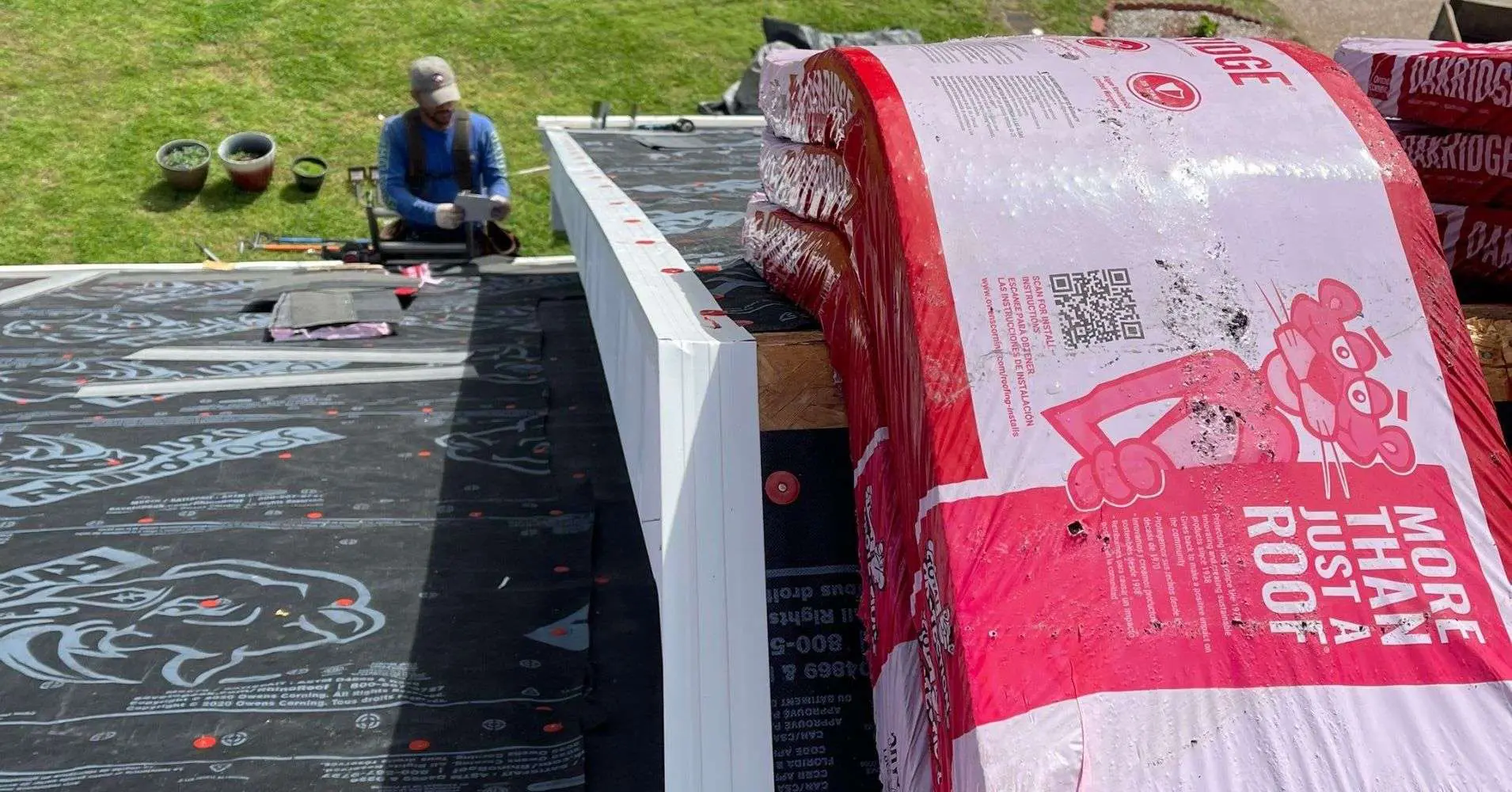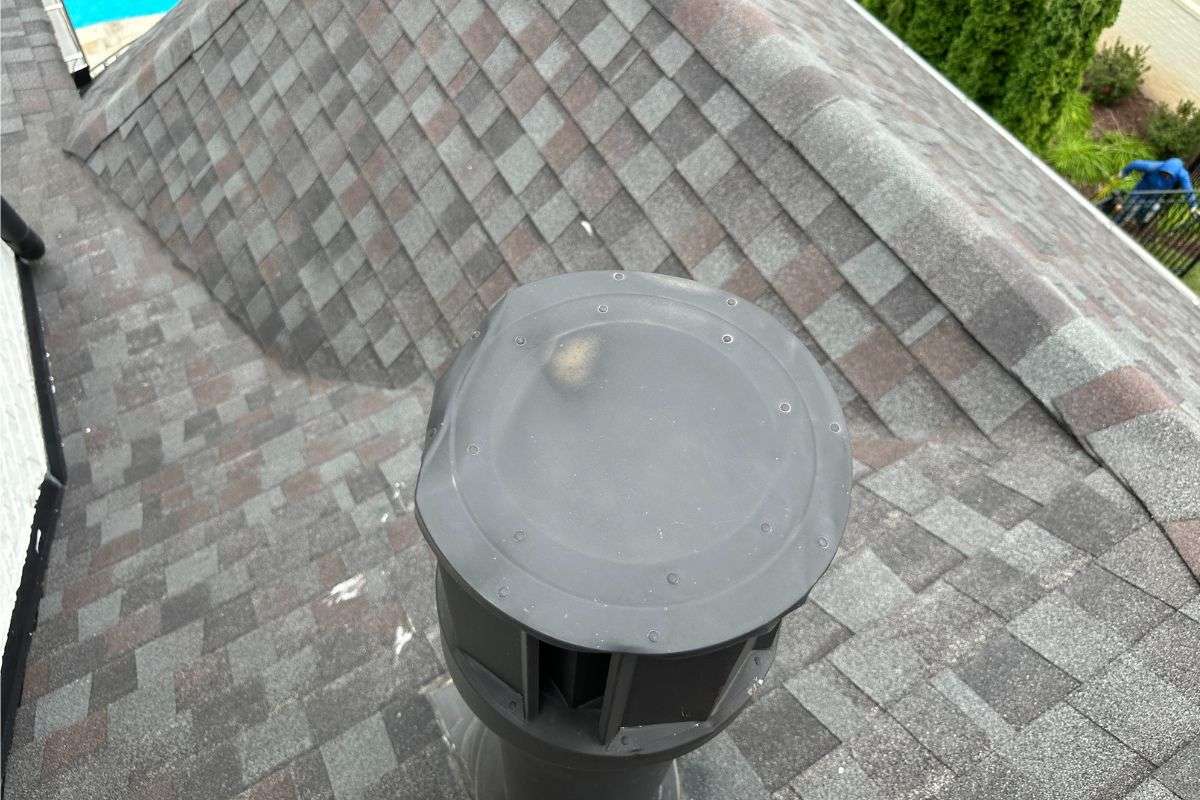The Ultimate Guide to Homeowners Insurance Policies

When a fierce storm passes and leaves you with a damaged roof, the feeling of security in your own home is compromised. The subsequent process of filing an insurance claim can feel overwhelming. What does your policy actually cover? How do you ensure you get a fair settlement to properly repair your home?
This guide is designed to empower you with the essential knowledge to confidently navigate the complexities of roof insurance, turning industry jargon into easy-to-understand advice.
Part 1: Decoding Your Homeowners Insurance Policies
Not all insurance policies are created equal. The first step in a successful claim is understanding your specific coverage.
Policy Types and Coverage
Most homeowners have an HO-3 or HO-5 policy, which typically provides “open-peril” coverage. This means your roof is covered from all causes of damage except for those specifically excluded. For example, if a windstorm rips off shingles or a heavy branch crashes through your roof, it’s almost always covered. A “named-peril” policy is more restrictive and only covers damage from events specifically listed, like “fire” or “windstorm.”
What’s Typically Covered?
Policies cover your roof if the damage is sudden and accidental. Real-world examples include:
- Storm Damage: A hailstorm leaves deep, pockmark-like impacts (bruises) on your asphalt shingles, compromising their ability to shed water.
- Falling Objects: During a thunderstorm, your neighbor’s 50-foot oak tree uproots and falls, crushing a section of your garage roof.
- Fire & Lightning Strikes: A lightning strike hits your home, igniting a small fire in the attic that damages the roof decking and support trusses.
- Weight of Ice and Snow: After a major blizzard, the formation of an “ice dam” along your eaves forces water back up under the shingles, causing a significant interior leak.


What’s Almost Never Covered?
Insurance is for unforeseen events, not a maintenance plan. For instance:
- General Wear and Tear: Your 25-year-old shingles are curling at the edges and losing their protective granules. This is considered an expected end-of-life issue, not claimable damage.
- Neglect or Lack of Maintenance: You haven’t cleaned your gutters in five years. They become clogged with debris, causing rainwater to overflow and rot the underlying wood fascia boards.
- Faulty Workmanship: A roofer you hired last year improperly installed flashing around your chimney, leading to a persistent leak every time it rains.
Part 2: Navigating Code Upgrades and Matching Laws
Beyond basic repair, your claim can be affected by local regulations and policy endorsements.
Understanding Code Upgrades
Building codes evolve. If your roof is replaced, it must meet today’s safety standards. Imagine your 1990s-era home was built when codes only required minimal roof ventilation. Today’s code might mandate adding ridge and soffit vents to prevent moisture buildup. Your standard policy may not cover the cost of adding these new vents unless you have a specific “Ordinance or Law” endorsement.
The Importance of Matching Laws
What happens if hail damages only the front slope of your roof, but the “Autumn Brown” colored shingles you installed 12 years ago are now discontinued? This is where matching laws come in. Some states require insurers to pay for the replacement of undamaged sections to ensure the home has a uniform appearance. Without this coverage, you could be left with a mismatched, two-toned roof, which can hurt your property value.
Part 3: The Money: RCV vs. ACV Explained
How your insurance company pays you is critical and depends entirely on your policy type. This distinction can mean thousands of dollars in out-of-pocket expenses.
- Replacement Cost Value (RCV): An RCV policy is designed to put you back in the position you were in before the damage, covering the full cost to replace your roof at today’s prices. The insurer typically pays in two installments: an initial check for the roof’s depreciated value (minus your deductible), and a final check for the remaining amount after you’ve had the work completed and submitted the invoice. With RCV, your only true out-of-pocket cost is your deductible.
- Actual Cash Value (ACV): An ACV policy provides less coverage and only pays for your roof’s value at the time of the damage, accounting for its age and wear. This means you receive only one check. You are then responsible for paying both your deductible and the entire difference between that depreciated value and the cost of a brand-new roof. For an older roof, this can leave you with a substantial bill.
Part 4: Red Flags: Warning Signs of a Bad Roofing Contractor
After a storm, untrustworthy “storm chaser” contractors often appear. Knowing what to watch for can protect you from fraud and shoddy work.
- High-Pressure Sales Tactics: A roofer knocks on your door and says, “You have major storm damage. I’m signing up all your neighbors, and you need to sign this contract today to lock in the price before it goes up.” A reputable professional will give you a detailed quote and ample time to decide.
- “We’ll Cover Your Deductible”: The contractor says, “Don’t worry about your $1,000 deductible; we’ll just put up a few signs in your yard and ‘absorb’ that cost.” This is insurance fraud. They are likely cutting corners on materials or labor to make up the difference.
- Large Upfront Payment Demands: A contractor asks for 50% or more of the total job cost in cash before any materials have even been delivered to your home. A reasonable deposit is normal, but you should never pay for the majority of the job until it is complete.
- Lack of a Physical Office or Credentials: The roofer’s truck has out-of-state license plates, and their business card only lists a cell phone number. You can’t find a local address or verify their license and insurance. This is a classic sign of a “storm chaser” who will be gone when you need them for warranty work.
- Vague or Missing Contracts: You are handed a one-page “agreement” with no details about the specific shingle model, underlayment type, warranty information, or a projected timeline. A proper contract is a highly detailed document that protects both you and the contractor.
Conclusion: Your Partner in Protecting Your Home
Navigating a roof damage claim doesn’t have to be a solitary journey. The single most important decision you’ll make is choosing the right professional to have on your side. An experienced roofer specializing in roof insurance claims is your advocate—they ensure damage is properly identified, your claim is accurately represented, and your roof is restored to code.
Don’t leave the outcome of your claim to chance. If you are a homeowner in Tennessee, the team at Roof MD has a proven track record of helping clients navigate complex insurance claims. For a professional inspection and expert guidance, reach out to a trusted roofing professional today.
